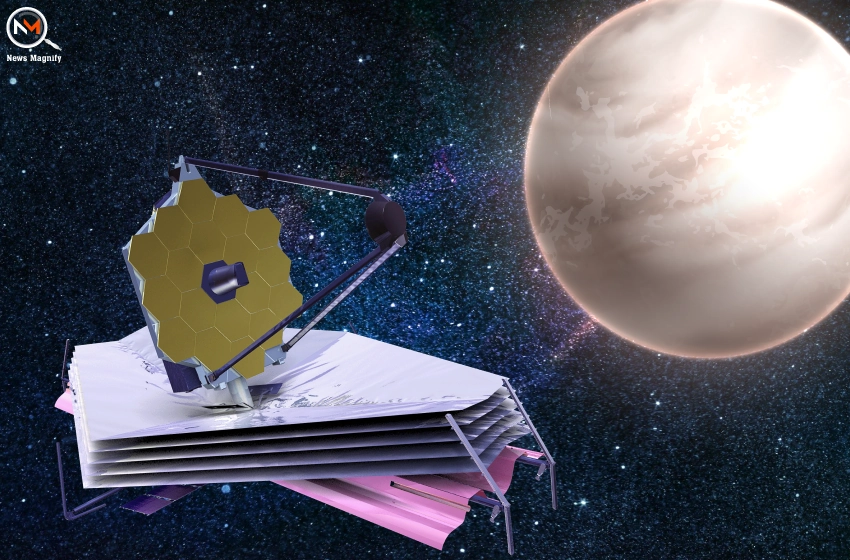
New Exoplanet Discovery By NASA’s James Webb Space Telescope
- New Innovation & Researches Technology
 Sophia Silva
Sophia Silva- January 12, 2023
- 0
- 7 minutes read
The James Webb Space Telescope (JWST) of NASA has discovered a new exoplanet that seems quite similar to the Earth. This is the very first discovery by the space telescope. The Earth-resembling celestial body is known as LHS 475 b. It is located outside our solar system and almost the same size as Earth. CNN reported,
“The rocky world is 41 light-years away in the Octans constellation”.
Previously, NASA’s Transiting Exoplanet Survey Satellite (TESS) had collected some data that suggested the possible existence of the new exoplanet. Independent has reported,
“It is expected to be just the beginning of a range of planets found by NASA's new space telescope. What's more, it will be able to see those planets in much finer detail than ever before, as the only telescope that is able to characterize the atmosphere of distant planets.”
Nevertheless, for now, scientists can only state what is absent in the atmosphere of the new exoplanet. They have also mentioned that the discovered exoplanet cannot possess a thick atmosphere dominated by Methane similar to that on Saturn’s moon, Titan. That said, the researchers are hopeful that they will be able to characterize the atmosphere of the distant new exoplanet with time. Nonetheless, the findings demonstrate that JWST can also be used to study other planets – with many more discoveries expected in the weeks and months.
For more information on new innovations, the latest research, space, and more, visit
Mark Clampin, Astrophysics Division director at Nasa Headquarters in Washington stated,
“These first observational results from an Earth-sized, rocky planet open the door to many future possibilities for studying rocky planet atmospheres with Webb.”
Furthermore, the Independent reported,
"Webb is bringing us closer and closer to a new understanding of Earth-like worlds outside the Solar System, and the mission is only just getting started."
Not much is known about the new exoplanet. However, the early observations have confirmed the following details:
- The distant exoplanet possesses a diameter of 99% of that of the Earth.
- It is a few hundred degrees warmer than our planet Earth.
Such rocky and small planets have been elusive owing to their small size that seeks powerful instruments to get noticed. Nevertheless, the new findings have suggested that the elevated power of NASA’s James Webb Space Telescope will enable them to get noticed easily by utilizing the latest technology.
Kevin Stevenson from Johns Hopkins University helped lead the work. He stated,
"This rocky planet confirmation highlights the precision of the mission's instruments. And it is only the first of many discoveries that it will make."
Thank you for reading the whole thing. This is something we hope you found interesting. If you have any comments, please do so. We will be happy to write articles for you if you contact us at — [email protected] or submit your request in the comment section below.
To receive more updates on new innovations and research or space, take a look at the New Innovations & Researches section under the Technology category of News Magnify. Get in touch with us via Facebook, Instagram, Twitter, or the Official Website. You can also stay connected with new inventions across the world via our Telegram Channel.

